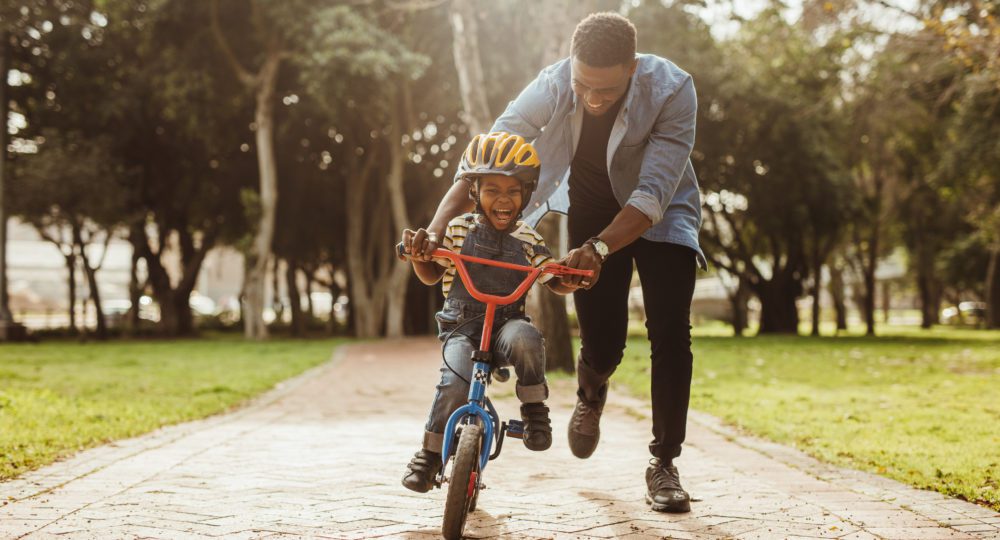Unintentional injuries (accidents) are the leading cause of death in children in the United States. According to the Centers for Disease Control and Prevention (CDC), more than 12,000 children ages 0-19 years old die each year in the US from an unintentional injury. Regrettably, most of these deaths were due to preventable causes.
November is National Child Safety and Protection Month, which serves as a great reminder to focus on things you can do to help protect your loved ones.
Bike and Helmet Safety
- Make sure your children wear helmets every time they ride bikes or partake in other outdoor recreational activities such as skateboarding, snow skiing/snowboarding, ATV riding, and horseback riding.
- The US Consumer Product Safety Commission can help you determine the best type of helmet for each activity.
- Find a safe place to ride. Young children should never ride in the street, where there is the danger of being hit by a car.
Street Safety
- Children are in danger of being hit by a car if they run into the street.
- Teach children how to cross the street safely. Young children should learn to always wait for an adult.
Water safety
- Empty all water from the bathtub, pails, or other containers when not in use. Babies and toddlers can drown in less than 2 inches of water.
- Teach your child to swim as young as possible.
- Don’t let your child play in or around a body of water unless an adult is watching.
- Teach your child to never dive into water unless an adult has checked the depth of it.
- Make sure children who can’t swim well wear lifejackets when in and around the water.
Fire and Burn Safety
- Install smoke alarms in your house.
- Test smoke alarm batteries every month to make sure they work.
- Teach your children not to play with matches or lighters and keep them out of reach.
- Do not smoke in your home.
- Make a fire escape plan with your family, and make sure your children know what to do and where to go in the event of a fire.
- Never carry hot liquids or food while holding your child, and never leave these items within reaching distance of young children.
- Keep babies and young children away from hot appliances, stoves, and floor heaters.
Poisoning and Choking
- Babies and toddlers explore the world by putting things in their mouths. Never leave small objects or balloons in their reach.
- Don’t feed young children hard foods such as hot dogs, grapes, raw carrots, peanuts, or popcorn. All their food should be cut into thin slices to prevent choking.
- Keep household products such as cleaners, chemicals, medicines, and batteries completely out of reach and out of sight of young children.
Car Safety
- Car crashes are the greatest threat to children’s safety. Use a car seat or booster seat and seat belt that is appropriate for your child’s age and size. The National Highway Traffic Safety Administration has a helpful tool on their website in which you can enter your child’s information and get specific recommendations.
- The safest place for all children to ride is in the back seat.
- Set a good example and always buckle up.
Firearm Hazards
- If you choose to keep a gun, make sure it is kept unloaded and in a locked place separate from ammunition.
You never know when injuries will happen, but you can do your part to help prevent them and better protect your loved ones. Learning first aid and CPR is another great way you can be prepared.
—
Resources:
https://www.cdc.gov/safechild/index.html
https://www.healthychildren.org/English/ages-stages/Pages/default.aspx





